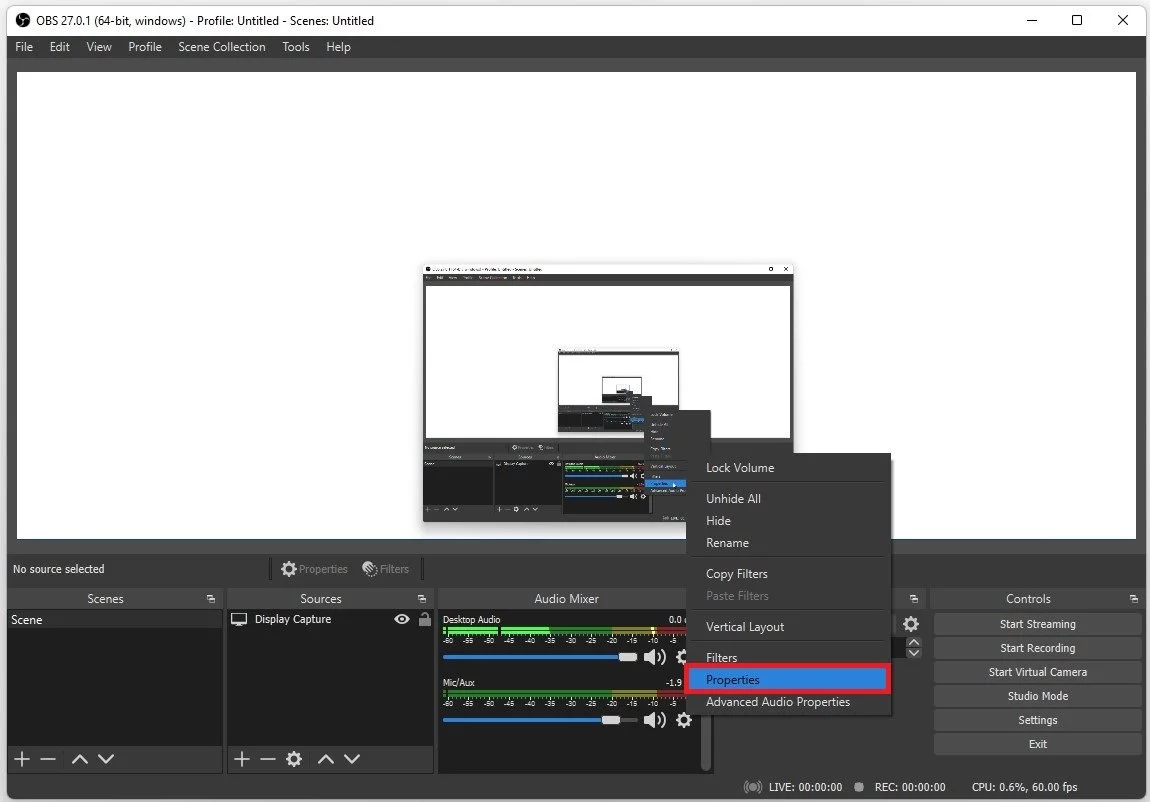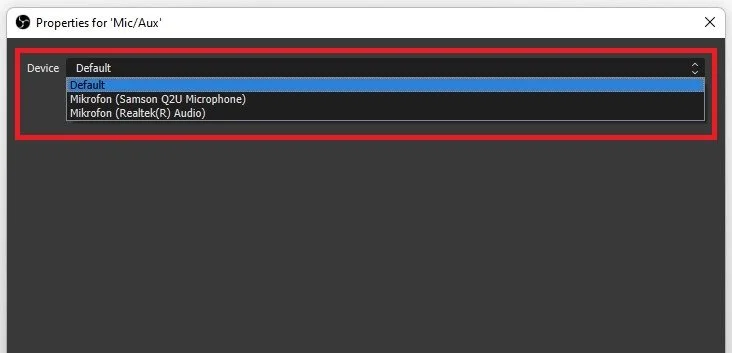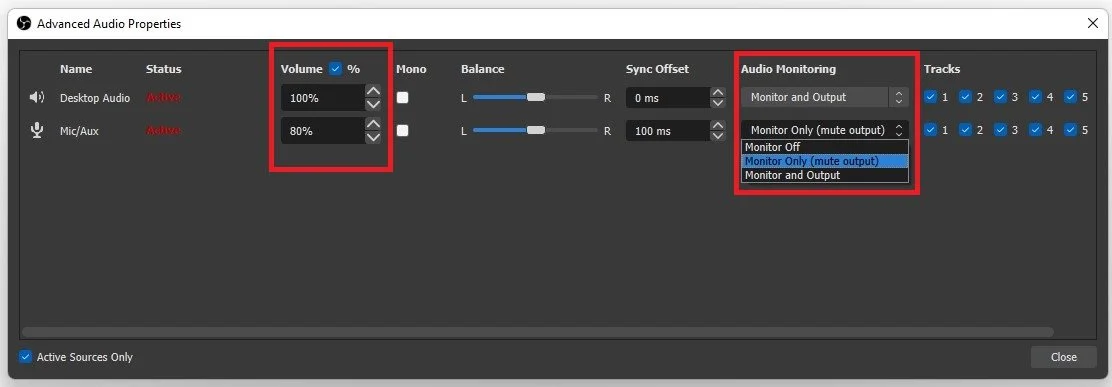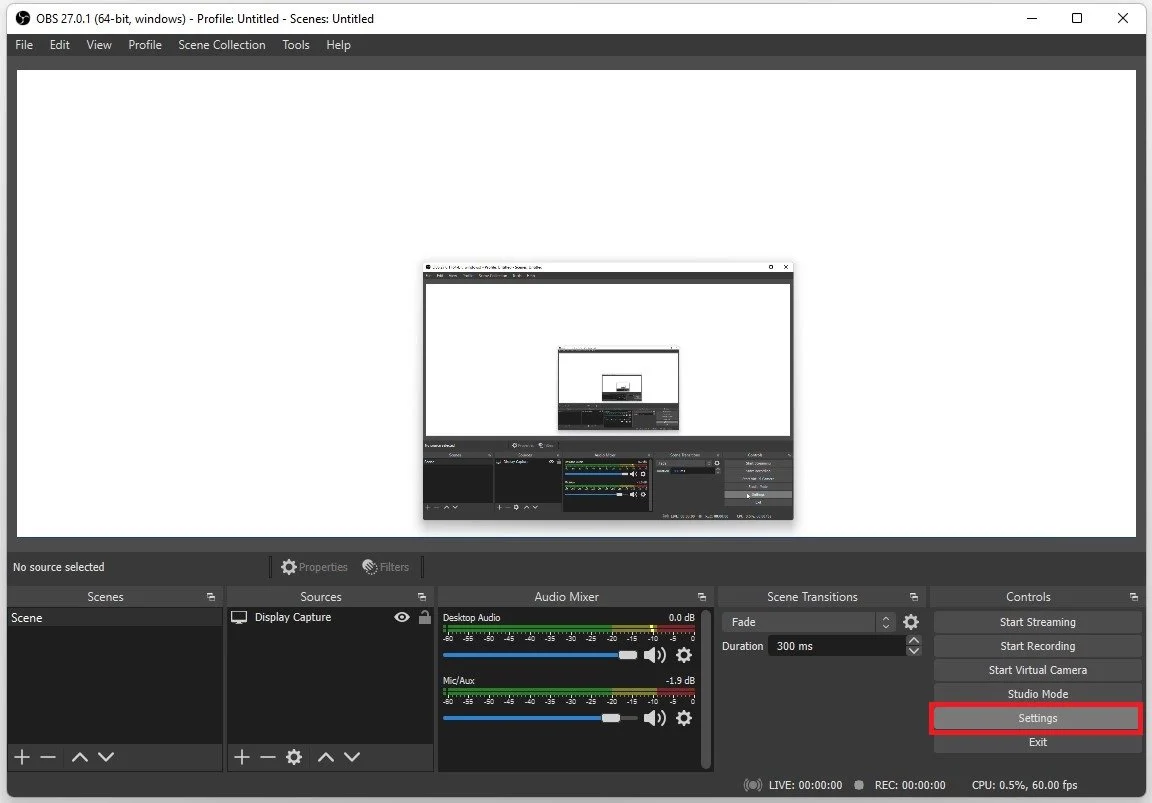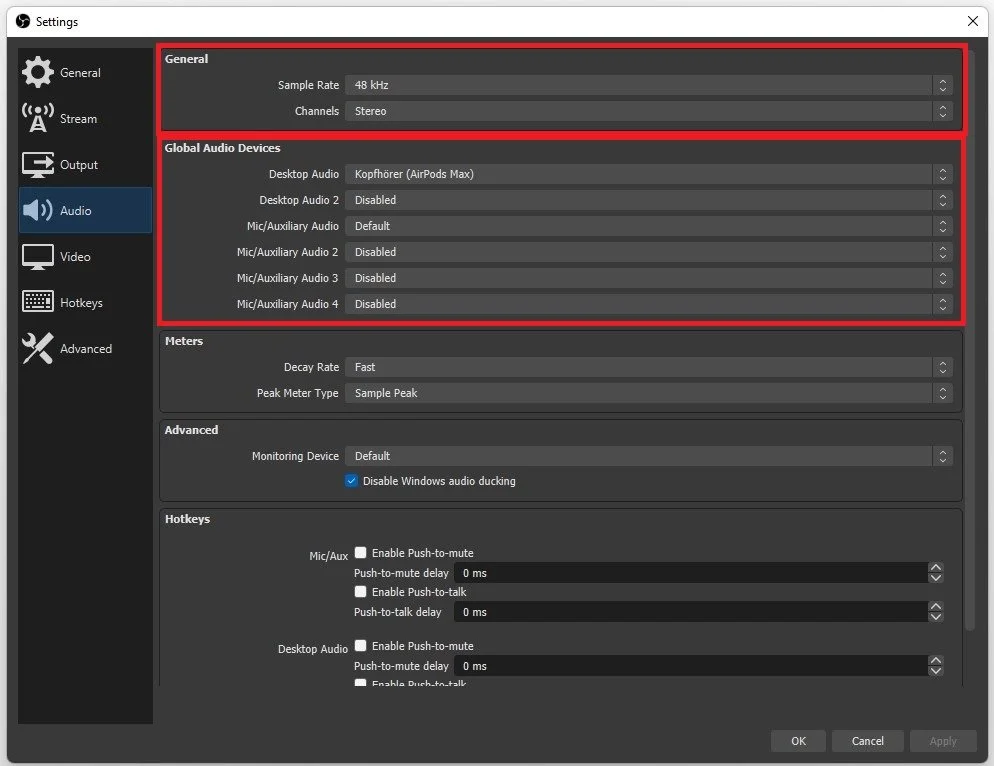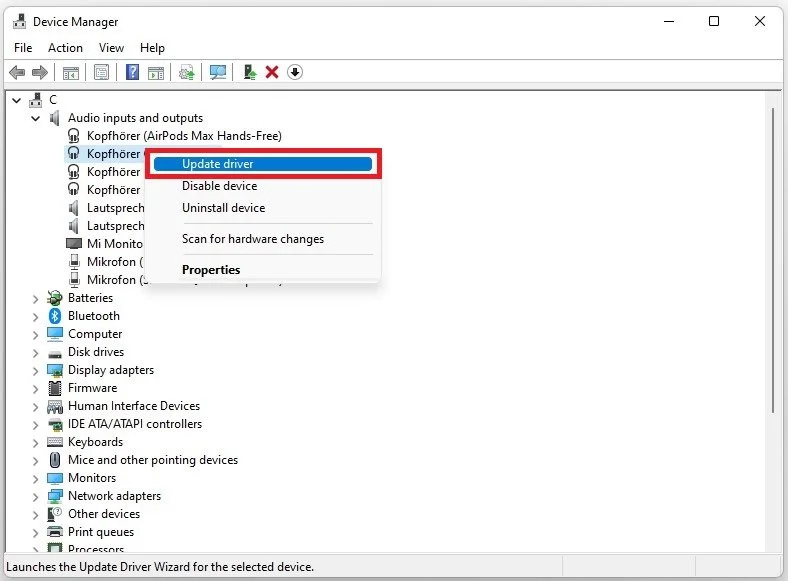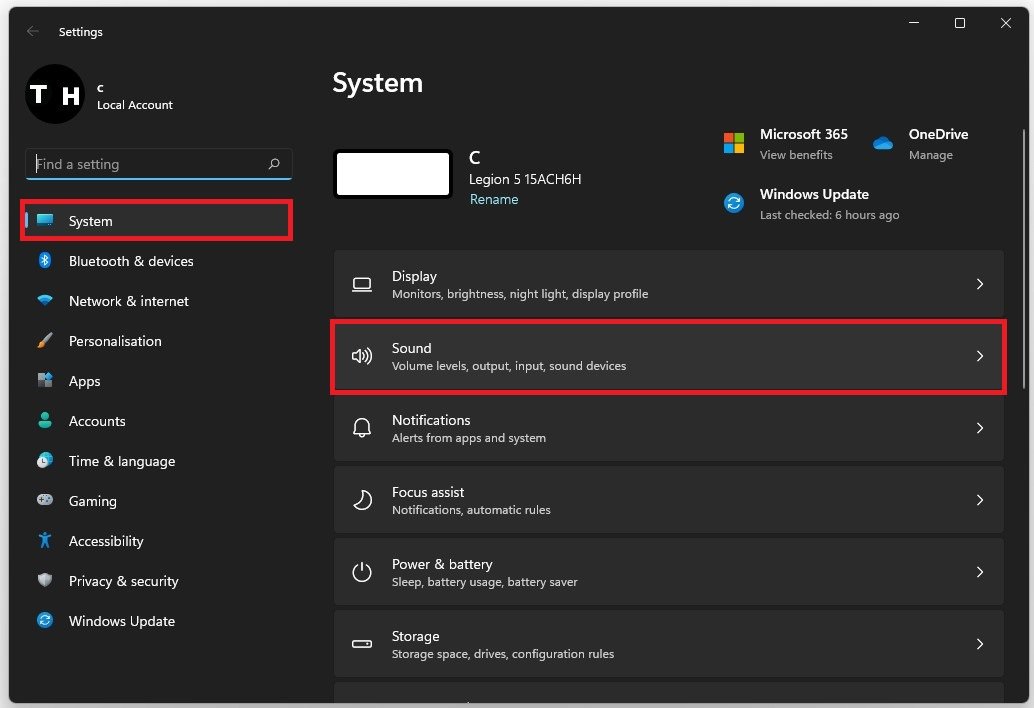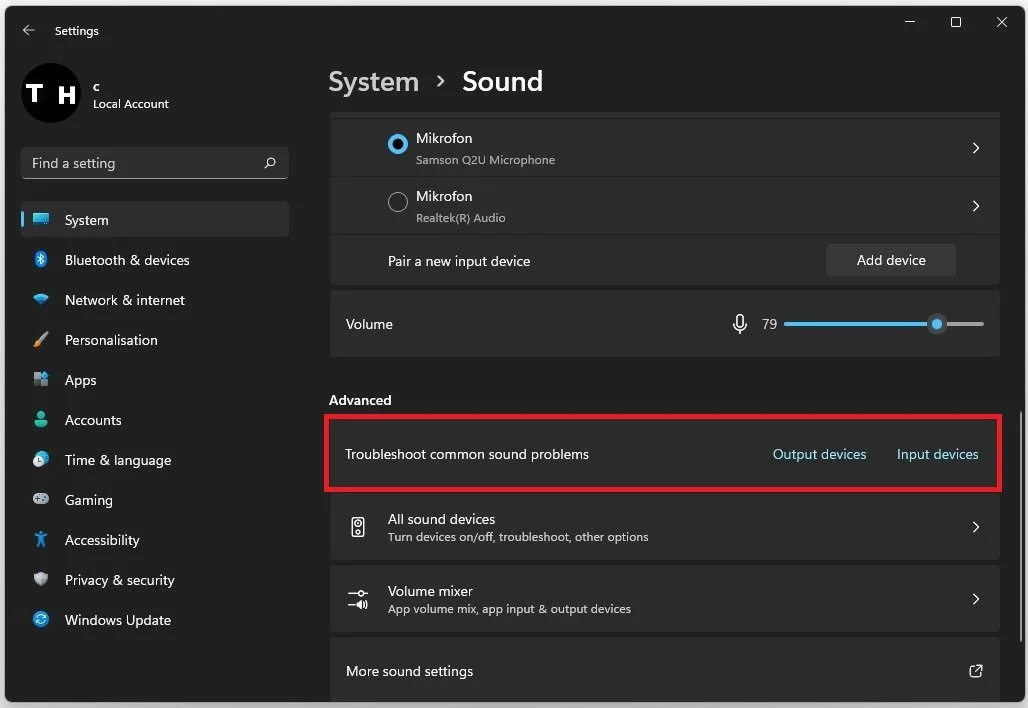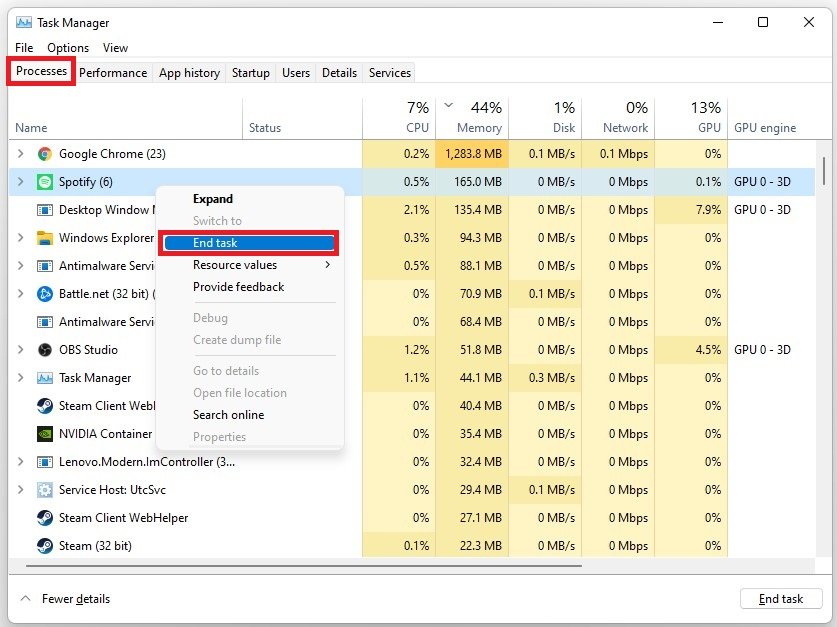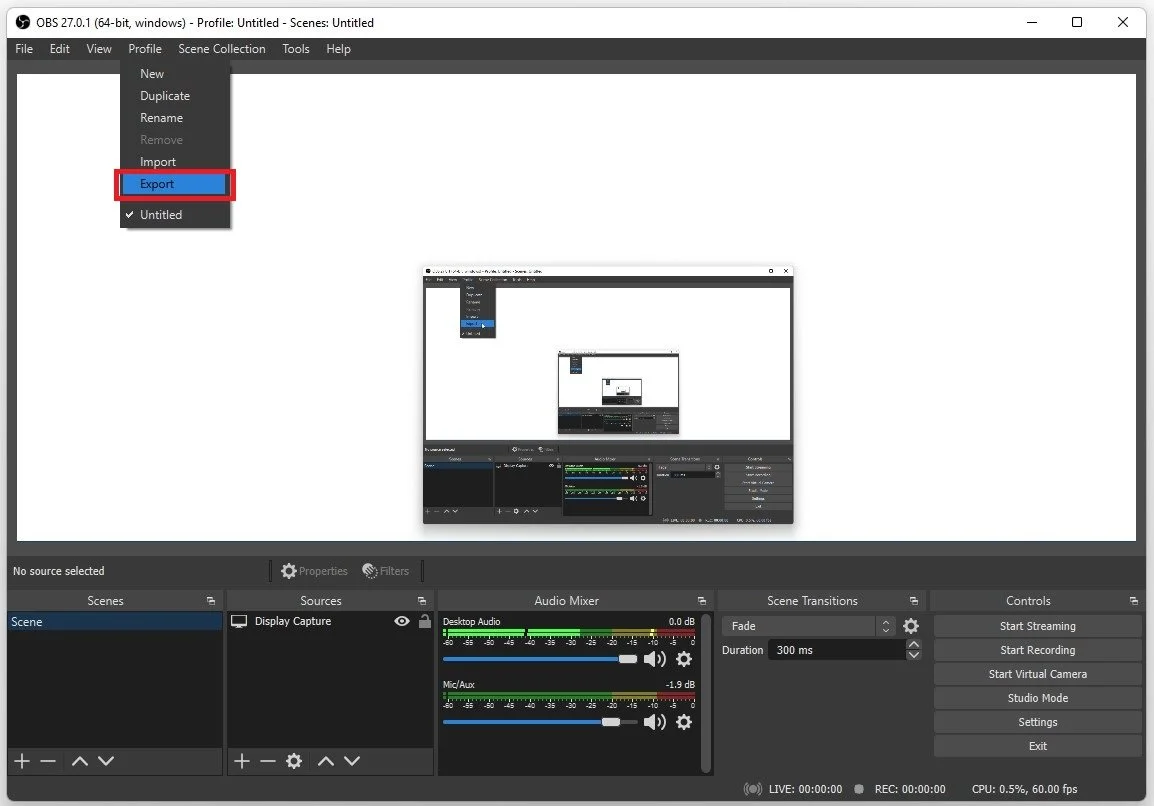How To Fix No Audio in OBS Studio
Are you facing the frustrating issue of having no audio in OBS Studio? This can be a common problem for content creators, streamers, and gamers alike. Without sound, your videos or streams can lose their impact and quality. Fortunately, fixing this issue can be simpler than you might think. In this article, we will guide you through some easy and practical solutions to get your audio up and running in OBS Studio. From checking your audio sources to tweaking the settings, we've got you covered. So, let's dive in and get your audio back on track!
Adjust the OBS Audio Properties
Open up OBS, and in your Audio Mixer, ensure that your volume slider allows audio to pass through. We suggest setting the mic slider to -2dB to prevent audio clipping. When this is done, click on the gear icon for your microphone and select Properties.
OBS Studio > Audio Mixer > Properties
Change the Device to your default sound input device. This will allow OBS to pick up sound from your default audio input device, which will be set by your operating system.
Microphone Properties > Select Device
Click on the gear icon again to access your Advanced Audio Properties. The panel will allow you to change the overall volume of the audio source, add a Sync Offset, and, most importantly, change the Audio Monitoring option. To allow OBS to pick up the sound and hear it while recording or streaming, set this option to Monitor and Output. We prefer to set the Desktop Audio to Monitor and Output, and our Microphone to Monitor Only. This will allow us to hear the desktop audio, and OBS will record my mic audio input.
OBS Studio > Advanced Audio Properties > Audio Monitoring
Optimized OBS Audio Settings
If you still have audio issues after applying these changes, then navigate to your OBS settings window.
OBS Studio > Settings
In the Audio tab, set your Sample Rate to 48 kHz if you can. Under Global Audio Devices, er like to set the Desktop Audio and Mic sound input device to our default windows device, as this option will change automatically when our default device changes for Windows. Sometimes, you will want to set this option to a specific input or output device, such as a dedicated streaming microphone or your headphones for your output device. When all of this is done, and you still have audio issues, your problem might be related to an outdated audio driver or other programs running in the background.
OBS Studio > Settings > Audio
Update your Audio Drivers
To update your audio driver, search for Device Manager in your start menu to open it up. Expand your Audio inputs and outputs. Right-click the audio output device you are using and select Update Driver. Finally, click on search automatically for drivers. This will take a second to make sure that your audio driver is up to date. You should also complete this step for your microphone and other used audio devices.
Device Manager > Audio Inputs and Outputs > Update Driver
Adjust the Windows Sound Settings
Next, close your Device Manager and open up your native Windows settings. Under System, select Sound.
Windows Settings > System > Sound
Set the correct audio input and output device. Your volume should also not be muted; below, you can troubleshoot common sound problems for your audio input and output device. This will take a minute to check if there are any common issues with your selected default audio device.
Windows Sound Settings > Advanced
Next, click on More sound settings. This will open up your sound control panel. Under Playback, ensure your default device is enabled, and disable all other devices for now by right-clicking each and selecting Disable. Next, right-click your enabled device and select Properties. Under Levels, make sure that the device is not muted. In the Advanced tab you should also check both of these Exclusive Mode options. You can then close your Sound Control Panel and your windows settings.
Sound Control Panel > Playback & Advanced
End Audio Programs in your Task Manager
Prevent programs from running on your PC that can change your audio devices while using OBS Studio. Search for Task Manager in your start menu search to open it up. In the Processes tab, right-click the programs that could change your audio device’s properties and select End Process.
Task Manager > Processes > End Task
Reinstall OBS Studio
If nothing helps you out, you will have to uninstall and reinstall OBS Studio to your system, preferably to another drive. Before uninstalling the application, open up OBS. Under Profile, select Export. This will allow you to export all of your scenes and import those again when a new install is ready. Restart your PC after making all of these changes.
OBS Studio > Profile > Export



